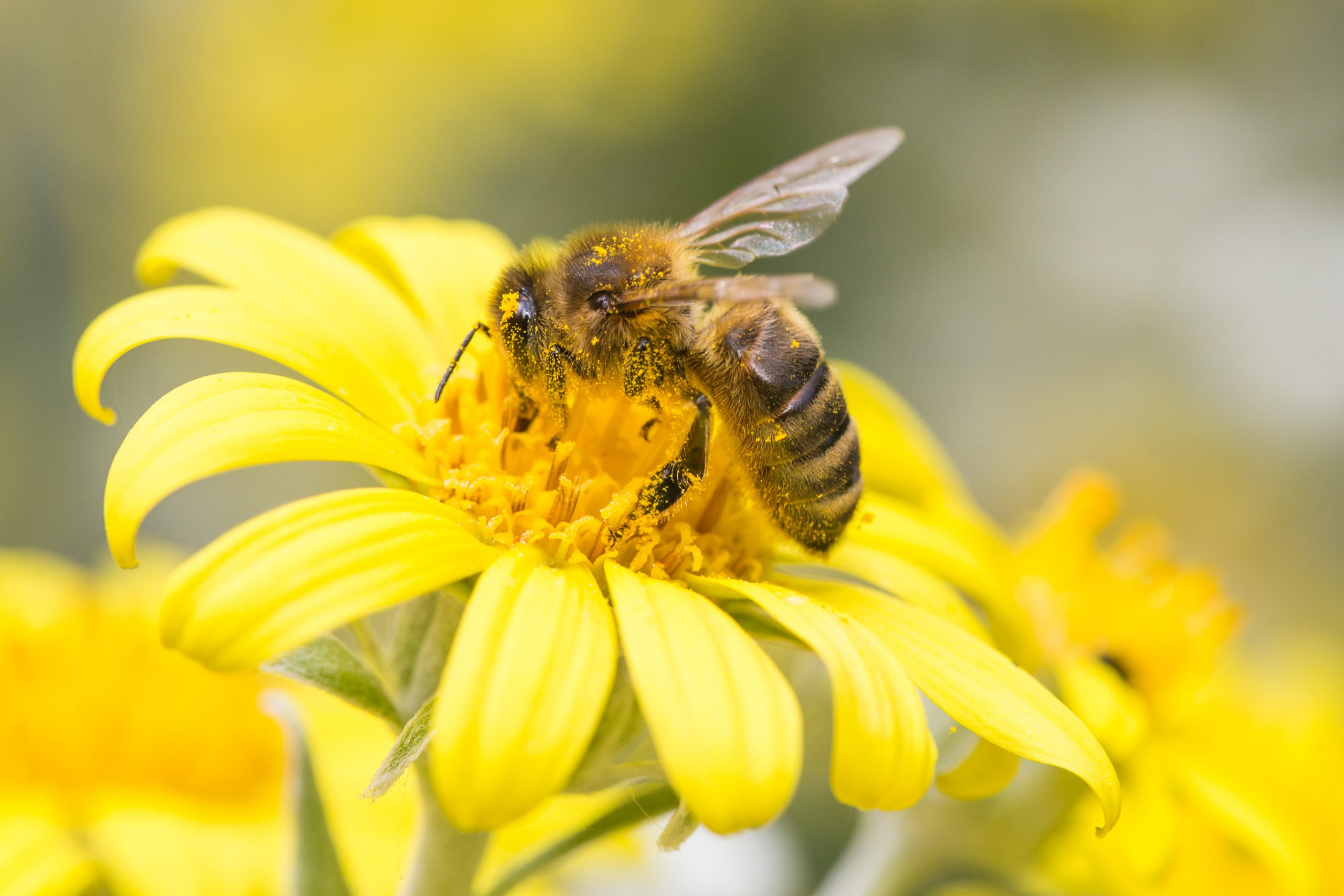All We Are Saying is Give Honeybees a Chance!
January 14, 2016
Art of Beekeeping Could Save Honey and Agriculture
The recent buzz around honeybees and the problems they face have made it more evident than ever than we are in an ever co-dependent relationship with this insect – according to an article posted on TheConversation.com, recent publications from the journal Nature have shown humans have been dependent on honeybees for almost 9,000 years. Beeswax was found to be present in pottery from Neolithic Europe, North Africa, and the Near East proving human kinds long association with the bee.
Honeybees have been used for honey for thousands of years, mainly used as a natural sweetener as well as being used in ancient medical practices. Beeswax was also a crucial element derived from the honeybee, being used as a waterproofing agent for pots and other applications. Exactly when the honeybee became domesticated is unknown, but it is likely that relationship began when humans started honey hunting by seeking out wild bee colonies and foraging for their wares.
Beekeeping is thought to have begun when the foragers began moving beehives closer to their homes, which later evolved into keeping the bees in pots or other, cheaper materials, such as woven straw, to create the first “manufactured” beehives. It was not until the 1800s that a beekeeper by the name of Lorenzo Lanstroth invented the first modern beehive that allowed the keeper to easily manipulate the hive and extract the honey – this is the model that today’s beehives are also based.
Modern commercial beekeeping was defined when keepers began migrating hives for increased production. While this was the initial thought behind moving hives, it then became a practice to help pollinate different agricultural areas, solidifying the need of the honeybee to help pollinate commercial crops and help to grow the agricultural industry as we know it today. A great example of this is the United States, where beekeepers bring their hives from across the country to the state of California in order to help the state pollinate their vast crop of almond plants, 100 percent dependent on honeybees.
In the warmer spring and summer months, we can often find honeybees and other insects to be a nuisance or even dangerous when they swarm too close to our homes and family. While there should always be some level of caution when dealing with bees, it is important to remember all the good that they do for our agricultural industry and our lives. Want to help the honeybees? One way is to plant bee-friendly flowers around the home, but not close enough where the bees become a problem!


.jpg)




